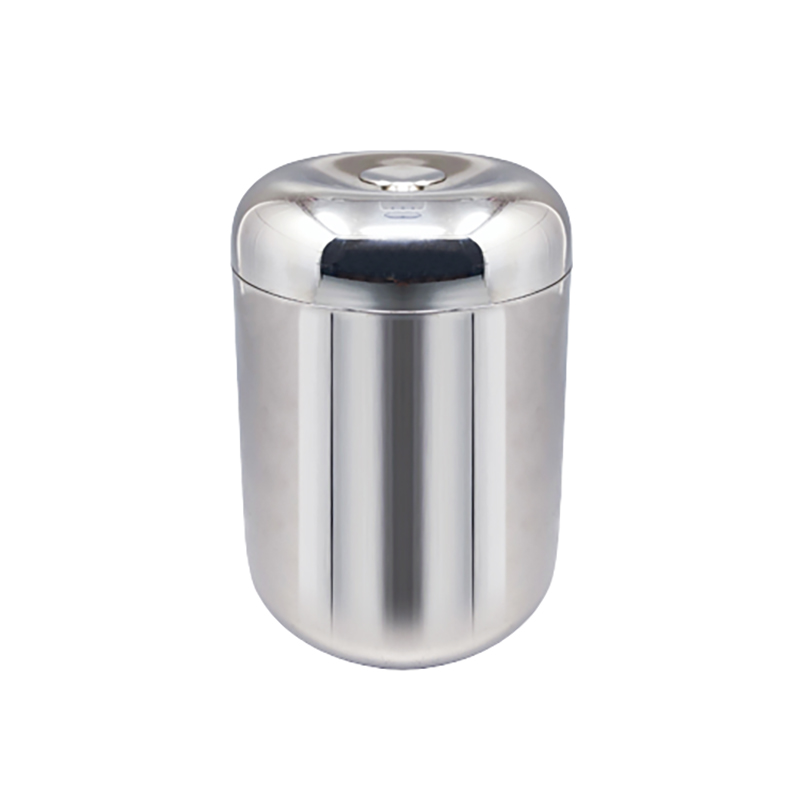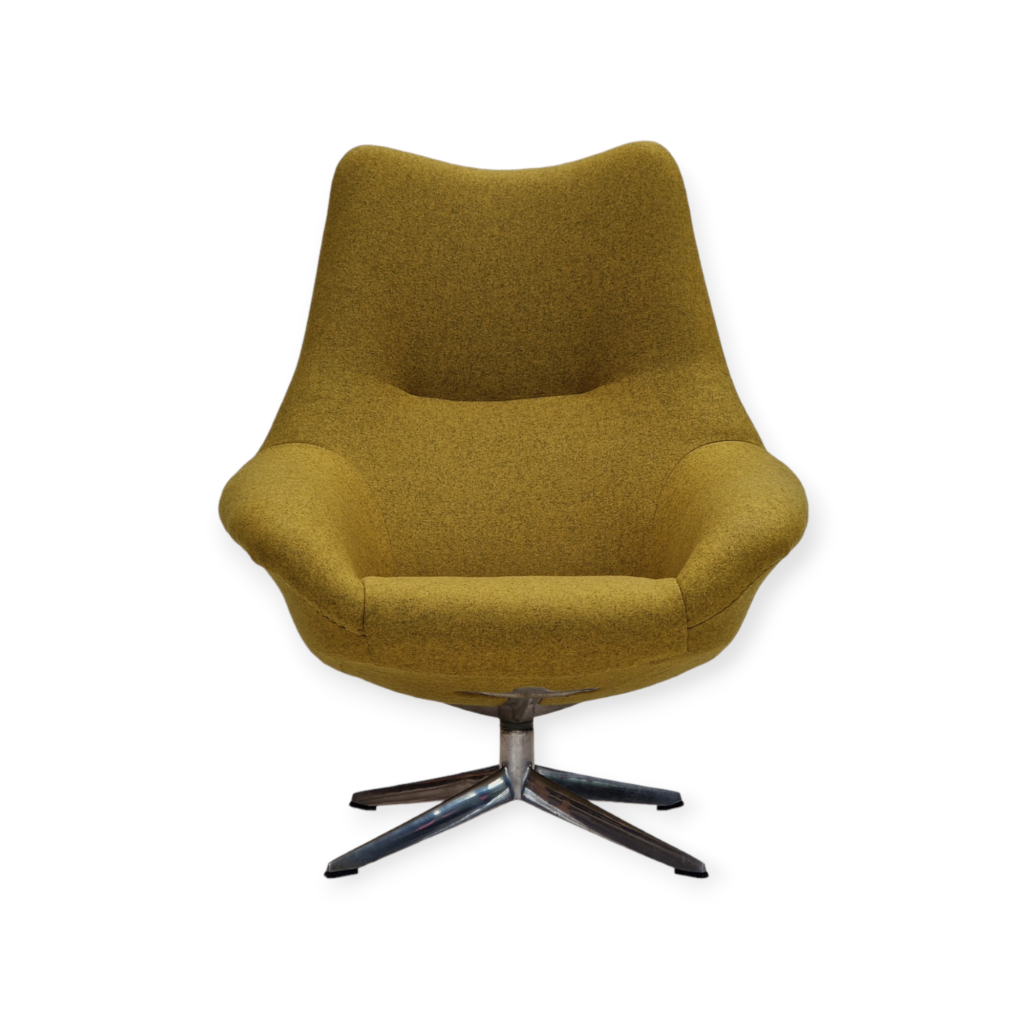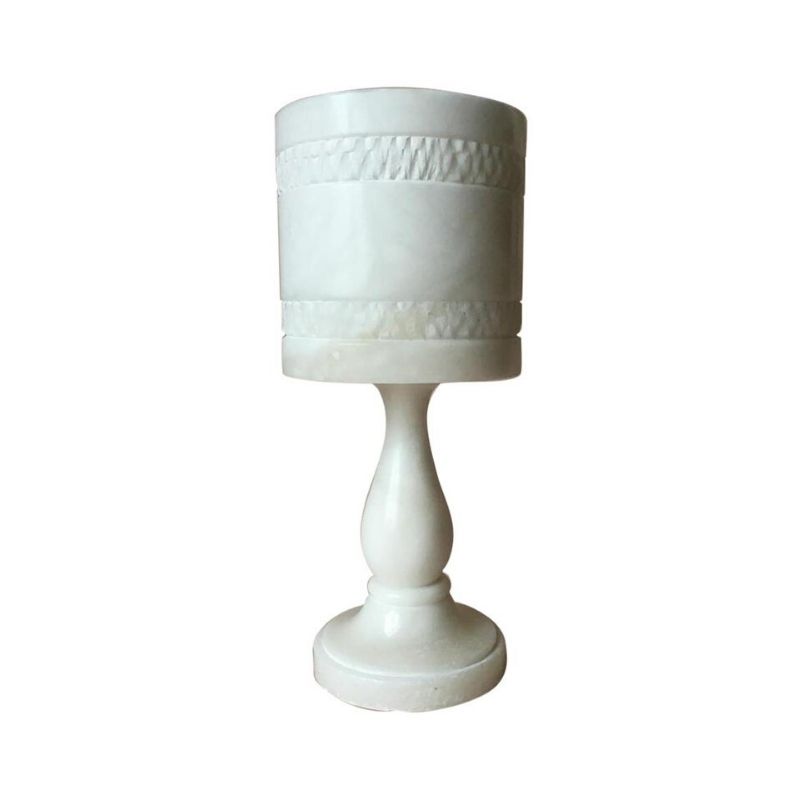Just on the idea of it and as a hypothetical, I saw a while ago a picture of a rusty old knocked off barcelona and in that partial destruction it had gained something that I can't put my finger on...and say if I got a cheap 670 copy off ebay, damaged, and repaired it and had it done in houndstooth would that be a lessening to the average DAer, or just some kind of veneer of cool on something that always was and will be shitty? It just seems such a waste and I'm not really a purist.
There must be some other examples of where something is produced without the licence but feels more true, perhaps Kjaerholms sons reissues? Unlikely but what if a copy was higher quality or followed the original specs and the authentic version hadn't, which would you prefer?
An interesting
question. On reflection, I think this offers the opportunity to exercise one's native taste and one's experience as an observer and a collector.
Choosing the "right" knockoff, and rejecting the others, would involve testing one's own talents. I'm sure there are a couple or three Barcs (that's what I call wanna-be Barcelona Chairs) out there which are worthy of taking the place of an original. And the idea of alternate finishes -- rusty steel and tweed, as opposed to stainless and leather -- doesn't sound like a bad idea either, and incidentally a nice way to acknowledge the "alternate reality" of the thing . . . ?
I think an old high quality...
I think an old high quality copy is sometimes better than new licensed.
Those terrible Eames plastic shell chairs just to suit the green movement.How is it green when no one wants them yet the original fibreglass are looked after for possibly many generations.I will never touch the plastic but would have a vintage fibreglass copy or maybe even Modernica for much less money though.
A recent copy especially the Chinese made ones are and always will be shitty.
I do think it's odd how some of us go on about genuine yet the genuine licensed manufacturers don't seem to have the same respect.Maybe everyone at Herman Miller or Eames is now old so they decided by making the chair puffy which suited their needs now instead of thinking about what made it a classic in the first place.
I have some Willy Rizzo stuff which was high quality made with thick formica and stainless steel etc.The new produced revolving coffee tables are now just completely 2 pac paint.They were only brought back into production because they became expensive and popular or so I assume.Now to go down the cheap paint route is just plain silly and changes the item completely.Some other items might be better as I have not seen them up close.
I do always stick to genuine but I have no respect for designers or manufacturers who bring back re-issues only to cut corners or change the design to cut costs.It maybe a classic but that to me is a classic mistake.
I am unsure when the Finn...
I am unsure when the Finn Juhl re-issues came about or the quality.
A store in Australia Great Dane actually initiated re-issues of some Danish pieces from Arne Vodder.Even the Wikkelso V11 chairs are now made new but I don't know who started that.No surprise being one of the nicest Danish sofa designs out there.A friend bought the set and it's so damn comfortable and nicely made.
I know the owner Anton chased up Arne Vodder and others to have certain pieces re-made.He was shocked many designers were still about including the original manufacturers.Arne could not initially understand why he wanted to start making them again but eventually loved the idea.Unfortunately Arne has since passed a couple years back.
Anyway with some items like desks and sideboards I did notice the difference in quality to the vintage pieces.The new are more fresh and modern but the super fine details where veneer meets edges and difficult spots seem not as refined.It may be because the finish is now kind of matt and the old stuff usually has coatings of polish or just patina over many years.
To be fair the majority of people would never notice as I am just fussy and look straight at sharp details out of habit.It's a Scorpio thing so I'm told.
Authenticity
Authenticity is not equal to quality, so I think when you're having this discussion you need to be clear which you're talking about.
I don't particularly *like* the Eames plastic shells - but I do think they are in line with the Eames's vision of using the most up to date materials and techniques. For example: as early as the 1970s the EC-127 (the upholstered version of the DCM) used injection molded plastic with integrated shock mounts almost identical to what appeared on the shell chairs in plastic. (not incidentally people *do* want those plastic shells. If they didn't Herman Miller wouldn't be making them)
I think there is a danger in limiting ourselves by thinking that the way a designer did it in that moment is the only way to do it.
The Finn Juhl 44 chairs from the 40s and 50s used a round mortise and tenon to join the armrests to the front legs. Current production uses a combination joint (rounded dowel with a stepped square tenon). This provides more surface area for glue and doesn't affect the appearance of the chair when glued up.
Finn Juhl himself is quoted "One shouldn't despair over the fact that some of the developments one hoped for were never produced but only turned out as a beginning. Perhaps they will be revived some day in the future if the time is ripe."
I'd meant
I'd meant to reply more specifically to Heath's original question regarding the je ne sais qua of knock-offs.
I like to think of it in similar terms to an art movement.You generally you have the ideologues driving the 'pure' thrust of the movement and then the resulting 'school of' working through their own iterations and dilutions and rejections or the premise.
In that respect I find Plycraft's endless iterations of the 670 sort of endearing in a goofy kind of way. When you see one with the parquetry veneer, or the one with the built in recliner... Also - Mulhauser's Sultana series are absolutely hilarious extensions-ad-absurdum of the Pretzel/Cherner idea.
In terms of quality of production, again, while there is a difference between quality and authenticity I've yet to see a knock-off in which the quality was superior to the 'authentic' version.
I have a Modernica copy of a Wegner Ox chair.. and sure -it's well built, but there are plenty of sloppy details: the legs aren't bolted quite straight on the base, the piping is cut and hot-glued etc.
Perhaps a better interpretation of the question would be more in line with Lief's statement about quality regardless of maker. I have seen some anonymous pieces that are extremely well built, without the cachet of the designer's name.
Thanks for the thoughts Lucif...
Thanks for the thoughts Lucifer, it is good to have you back.
What if something is of high quality but made under poor conditions or from an endangered species, it might have some authenticity but thats about it, yes no? I'm not sure quality is all.
I especially like that riff on the 670, it has a no nonsense quality to it, as though Dieter Rams was made to redesign it at gunpoint.
.
Going with the art analogy, there are always plenty of painters who make better "paint jobs" -- better or more refined versions of the work of artists who actually invented the language. But does the ability to craft a "better" paint job than the original artist did, IN ITSELF make them more authentic? No.
I agree that authenticity is a different thing than well made-ness.
Authenticity is about vision and invention as much as mere craft. Craftmanship is a highly valued thing, and a worthy goal indeed, but its not the only thing when one is measuring authenticity.
Why should the standard by which authenticity is measured be any different in furniture design than it is in painting?
Furniture is an artistic medi...
Furniture is an artistic medium in which durability is a significant part of the expression. I enjoy that expression when it is brought to the surface of the piece, as for example with dovetailed corners on case pieces. Or spline joints in chair backs.
This isn't true of painting. Therefore I think there is validity in applying the same difference to the concept of authenticity.
Interestingly, a corollary of authenticity in furniture is that upon occasion authenticity does not follow license. Economics dictate that this is not common, of course. But economics also dictate that the more value there is in the license the less likely authenticity will follow it.
.
But who invented the spline joint? Who invented dovetailed corners? Someone figured that out, and someone copied.
At some point it becomes "common knowledge" or a choice to make. And some come along who refine and perfect what is known.
But the inventor is still the inventor. And followers prove his or her invention worthy by using it over and over.
I know that fine craft has an authenticity all it's own, I won't argue that.
I appreciate well applied knowledge, work ethic, and sensitivity to visuals, all combined and working together in an artistic and practical form.
But true invention is a whole other thing, and when we are considering the question in the context that the original poster presented us with, it is extremely hard to leave "invention" out of the equation.
Some of Wegner's chairs are i...
Some of Wegner's chairs are interesting, and complicated examples of authenticity and license. The folding chair, the chinese chairs, the wishbone chair, even the peacock chair are all examples to some degree.
I think Wegner's expression of those chairs was about as authentic as can be.
Edit: another interesting example is Gio Ponti's Leggera / Super Leggera chair as a "borrowed" form
.
This is great, so nice to read about design issues, thankyou.
One of my projects might make a good example seeing as Lief mentioned Wegners folding chair. This copies as closely as possible its recline and curves in arcs of rolled steel square tube and initially I just welded it as a fixed frame to test the strength of the steel, I've got a more accurate folding version in the shed that uses a really discreet mechanism. So does it lose any authenticity for the copying? Or gain something in translation? I'm authentically sweating over the blasted things, they will just have taut padded wool or leather covers.
I'm also making a simplified 'round' chair of his but I really don't feel like I'm copying anything, or if I do it doesn't feel like I'm working without integrity.
Beautiful work Heath
Hmmmm
I suppose that there might have to be a distinction made between "authenticity" in the broadest big-picture sense, and the authenticity that is more involved with integrity of all kinds in the moment to moment process.
A lovingly and sweating-ly made piece is a cool thing, but are you looking to the original design to decide on specific angles, curves, proportional relationships, materials, and finishes? Or were those choices made in an honest attempt to take the design a significant step or two further?
In art, it is not always clear, and there is often a grey area. At what point does it become a loving homage and at what point does it become an original piece? From the inside out or from the outside in?
One test might be: While standing in front of an interesting and well made design, and even while you are enjoying looking at it, you find yourself thinking more about the "original" version. Eventually, that can slow down or detract from your engagement with the piece that you are looking at.
Just to be clear though, there are lots of original works that do appropriate from other works with no apologies, so that whole thing I just described works a little differently in those cases. And there is often a subtle difference between referencing and copying. And Im sure there are plenty of new designs that simply "recall" earlier designs.
Most of my understanding of this stuff comes from art. But as Lief pointed out, it probably works a little bit differently in furniture design than it does in painting.
Heath, I get the feeling that for you, there is a whole universe of choices that can be made WITHIN the basic form. Or see that just as a starting point and who knows where it goes from there?
I very much respect all of the opinions here, and I appreciate the chance to indulge in a philosophical argument or two! It's fun to see if what I have learned in my own field (painting/drawing) translates when applied to design.
Thanks for the post.
If you need any help, please contact us at – info@designaddict.com









